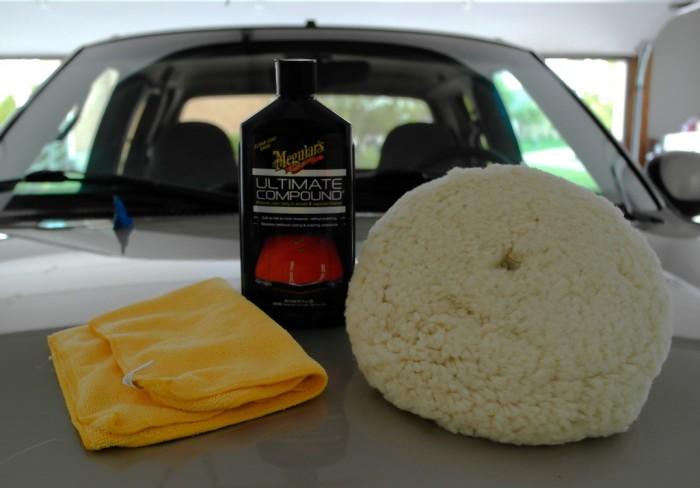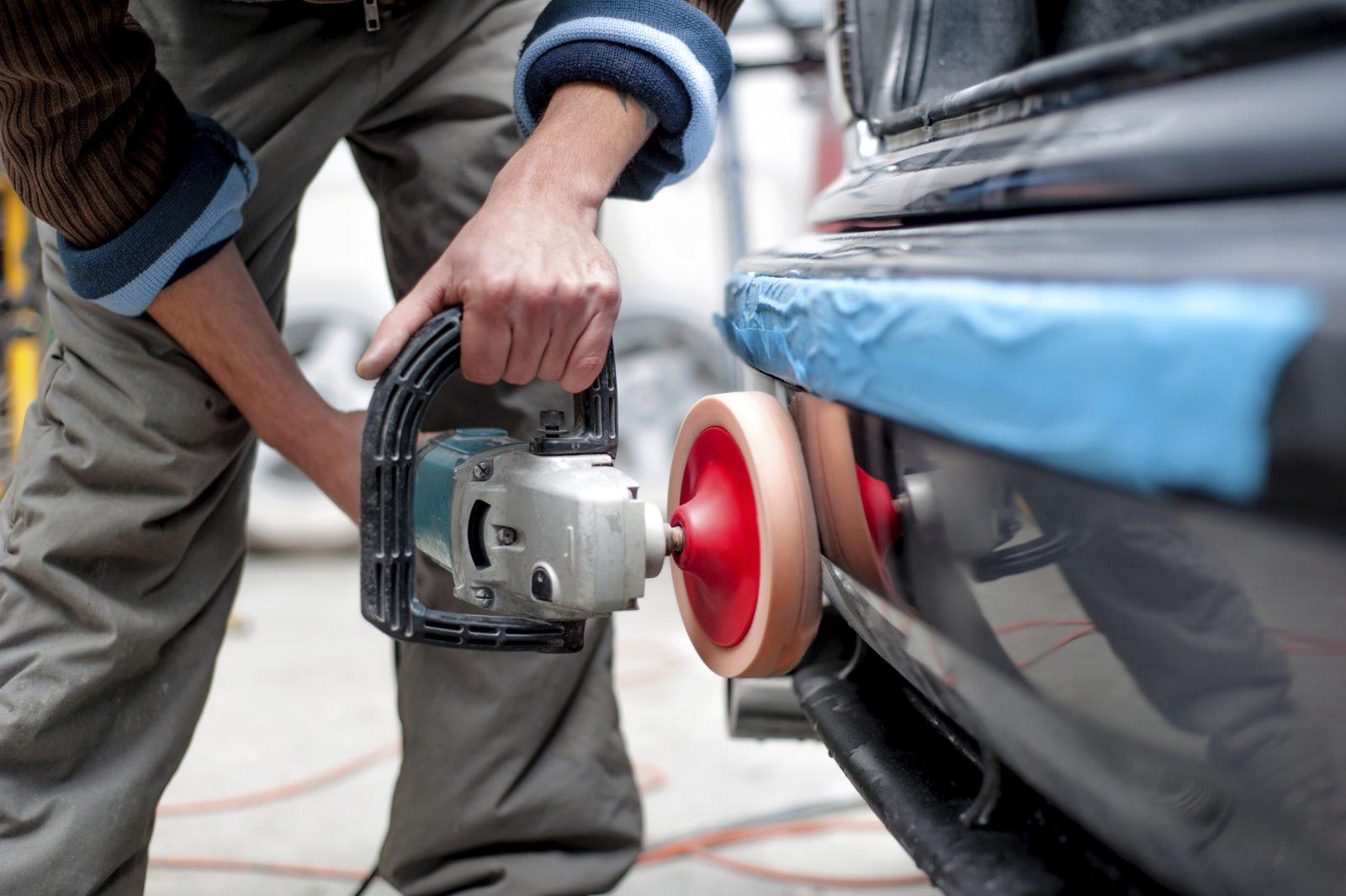How To Buff a Car: The Secret Of Making The Car Shiny Again
Washing, buffing, and waxing are some of the maintenance tasks that you need to do regularly to protect the paint color and beauty of your car. Contaminants in the air and rough weather dull the car’s paintwork and you need to polish it to keep its shine intact. But, you need to know how to buff a car to enhance its look and keep it in a tip-top condition.
How To Buff A Car: The Process
Buffing a car makes its exterior finish look great. Doing it correctly not only improves the shine of the vehicle but also removes etching, small scratches, and oxidation from the body. It also adds a protective layer to the exterior.
You have to know properly how to buff and wax a car to keep it in a superb condition.
Waxing And Buffing A Car: Materials You Need
What to use to buff a car? Well, you will need these materials to wash, polish, and wax your car.

- Rotary buffer (from any brand of your preference)
- Carnauba wax
- Meguiar’s m40 Vinyl and Rubber Compound
- Cutting and polishing compounds
- Car wash soap
- Synthetic chamois
- Microfiber towels and car wash mitt
- Wool pad and foam pad
- Masking tape
The Steps To Wax And Buff Car
Follow these steps carefully to learn how to buff a car:
1. Wash The Entire Vehicle
Rinse every section of the vehicle to make it squeaky clean. Finish with one final wash and then dry the water off with the chamois.
2. Use The Masking Tape
The rotary buffer produces plenty of heat. So, you should cover everything other than the paintwork on the car’s body. Mask the headlights, taillights, and anything else that is plastic or vinyl. Some cars may have badges or painted pinstripes. You should cover these parts too to protect from burning or scraping by the buffer.
3. Buffing Car Paint
What does buffing a car do? It removes scratches and oxidation that deteriorates the glossy lacquer and paint of the car.

Start the process with the more abrasive wool pad and buffing compound so that they can remove the light scratch marks from the clear coat layer. Divide the car into several small sections and complete buffing them one by one.
Apply the compound on the paintwork and use the pad to spread it around. Rub it sideways or in up/down movements and alternate between them from time to time. Do not slant the pad much as it will put too much heat in one place. It could burn the exterior coating of that place.
After spreading the compound evenly on that particular area and rubbing with the pad for a few minutes, wipe with a microfiber towel to clean the compound up.
Always choose a good-quality buffing compound if you want a deep, wet-looking shine for your car. The only good a low-grade product will do is hazing the painted surface. There are various types of buffing compounds that have different thickness and hardness and offer different sorts of finish and shine. Choose one carefully that you think will give you the desired outcome.
4. Polish The Exterior
After rubbing off the scuff marks with the bussing compound, it’s time to polish the surface to give it a smooth, mirror-like finish. This step is almost like the previous one but you have to use the polishing compound and foam pad instead.
Apply medium pressure while rubbing with the pad and keep doing it until the polish compound spreads on that specific surface evenly. Use a clean microfiber towel to wipe off the compound.
5. Finish with waxing
There could still be some tiny scuff marks that buffing and polishing did not remove. So, the last part of how to buff a car is waxing to give the car’s exterior a perfect finish. It will also give the car a brand-new glossy look.
Pour the liquid carnauba wax on the foam applicator pad that comes with it. Rub the pad on a specific section in a circular fashion to spread the wax everywhere smoothly. Clean the wax with a microfiber towel after a few minutes when it dries out.
6. Do a Final Clean-up
When you are done with everything, the last part is to do a clean-up. The scraps of the buffing compound are likely to be everywhere even after protecting those parts with masking tape.

SEE MORE
Spray the Meguiar’s m40 Vinyl and Rubber Compound on a microfiber towel and wipe every part covered with the compound dust. This product contains no abrasive element, so it will not cause any damage to the plastic and vinyl surfaces. Use a high-quality glass cleaning solution to wipe off the windows, windshield, and lights.
Pro Tip: Stay away from mechanical car wash to keep the glossy finish intact.














